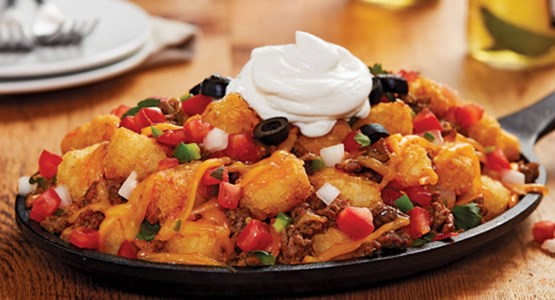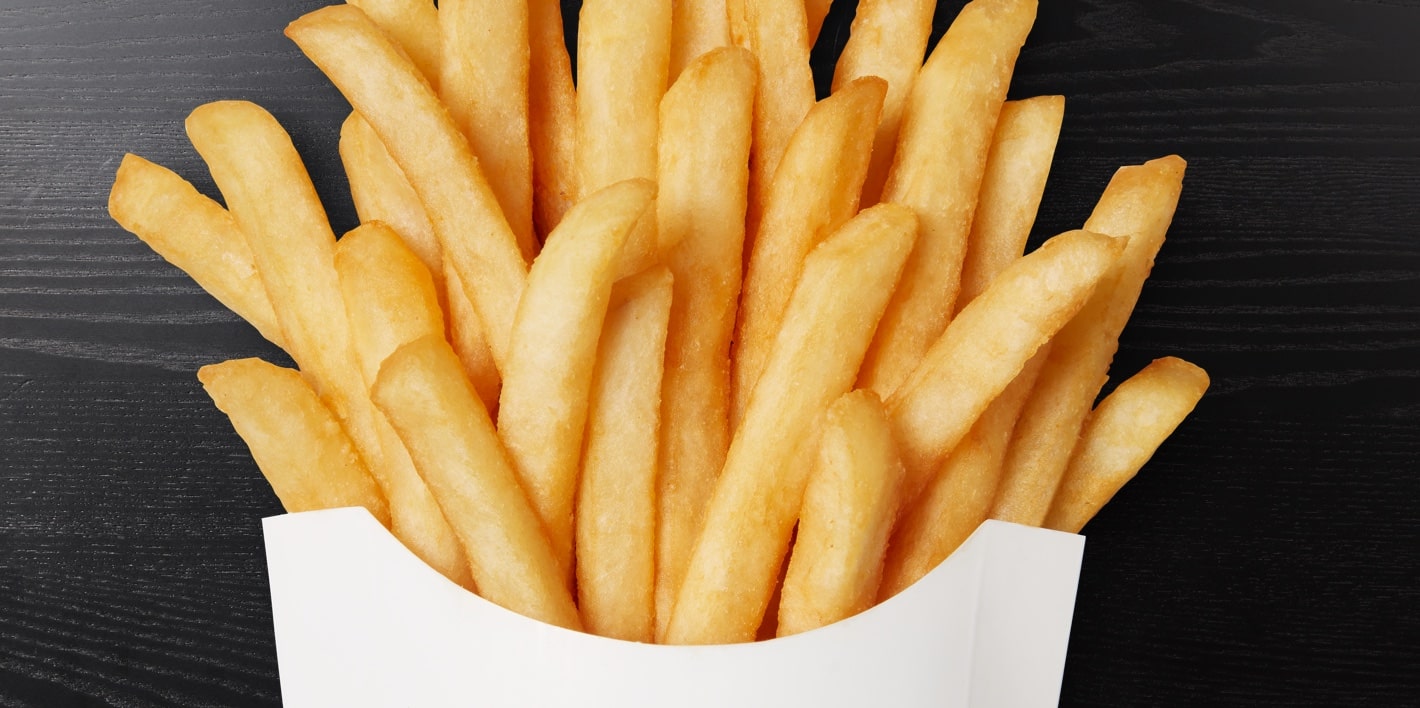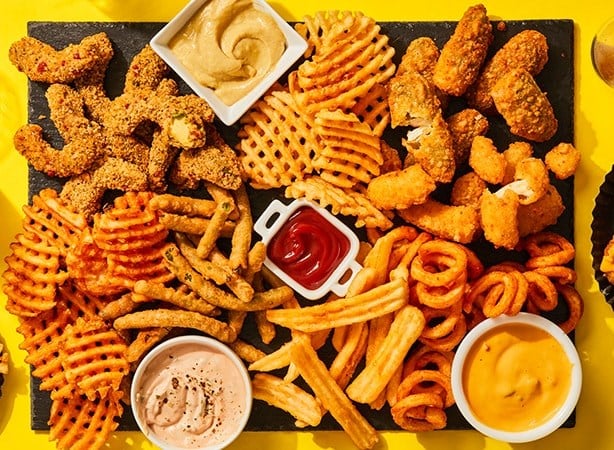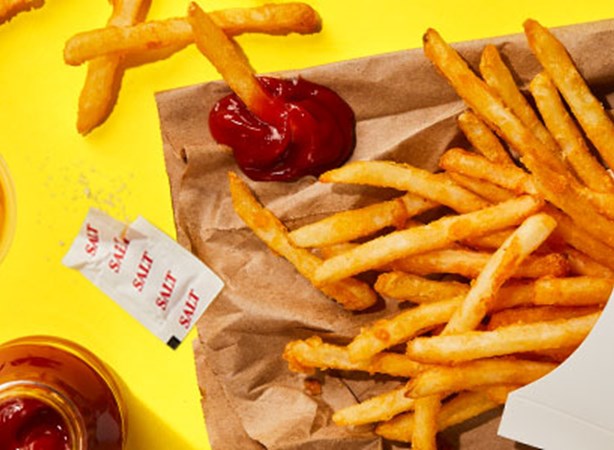
Food delivery and takeout are not new concepts for restaurants, but consumers’ growing demand for convenience—and their continued reliance on technology—means that off-premise options are now critical for foodservice operators who want to compete for a bigger share of wallet.
Rather than replacing onsite dining, off-premise has become a way for restaurants to earn additional revenue streams from consumers who don’t want to dine in. For operators who are considering implementing delivery, paying attention to growth and following these tips can help create a successful program.
Growth in off-premise
According to Technomic’s 2016 Takeout & Off-Premise Dining Report, consumers are ordering food to-go (delivery or carryout) an average of 5.5 times per month, and compared to 2013, nearly half (49%) of consumers ages 18-34 are ordering to-go more often. Additionally, fast casual, food trucks, family style dining, traditional casual, upscale casual, and grocery store RMS have all seen an increase in consumers ordering food to-go since 2013. With numbers like this, restaurants that don’t offer their own delivery services are missing out on a big piece of the pie.
Delivery food searches have grown 177% year-over-year as well, so operators can trust that this is no flash in the pan trend.
What’s more, nearly a quarter of all delivery orders include appetizers, such as on-trend cheese curds or mozzarella sticks, and according to Technomic’s 2017 Starters, Small Plates & Sides report, about 29% of consumers say that if appetizers were offered, they’d be likely to order them for takeout or delivery. For operators, this can mean increased ticket averages.
Off-premise options are growing across all segments, too. Pizza chains such as Pizza Hut and Domino’s have long offered delivery, but for other fast-food favorites and chains, the option to order food to one’s home or office is relatively new. Casual-dining chains such as Chili’s have previously offered curbside pickup for takeout, but adding in delivery services came just this year.
McDonald’s has also focused its efforts on delivery, and according to Technomic’s 2016 Takeout & Off-Premise report, Jack in the Box is testing late-night delivery until 3 a.m. in San Francisco, while Domino’s and Chipotle are testing drone delivery. This shows that no matter what type of food is being offered, there’s a customer base looking to get it delivered and operators are ready to answer the call.
Off-premise best practices


Delivered food presents a few obstacles, however. For instance, crispy food can get soggy, hot food can get cold, and liquids can spill—so operators need to implement strategies and solutions to avoid problems that can cause customer dissatisfaction.
GrubHub reports that the third most popular item ordered on its platform is fries. To combat sogginess, operators can use clear-coated fries to increase the crispiness for delivery or takeout but still give customers a consistent experience when they dine in. For operators who want to retain heat, try offering tots (which stay hotter longer) as an alternative.
Without changing recipes or offering a different product, however, some tips for ensuring the quality of off-premise items include:
- Use packaging that can be reheated, as Technomic reports that 38% of consumers say that the ability to reheat food ordered to-go in its original packaging is important.
- Use leak-proof packaging and implement methods to ensure containers don’t accidentally pop open—for instance, tape lids shut or wrap cups in plastic wrap for additional security.
- Provide cutlery and condiments, particularly if the food being delivered calls for condiments that a consumer may not have at home.
- Use insulated food containers to ensure food is delivered at the proper temperature.
- Create an appropriate delivery radius to ensure that the food reaches its destination in a timely manner (and, in turn, doesn’t take too long to get there, which can cause temperature problems).
Takeout and delivery dining is the key to restaurant growth, particularly because it’s driven by younger consumers who seek convenience for their busy lifestyles. To attract more customers and drive growth in that category, operators need to not only offer it, but also ensure that they’re delivering the best quality food possible.
References:
Technomic, 2016 Takeout & Off-Premise Dining Report
Technomic, 2017 Starters, Small Plates & Sides Report


